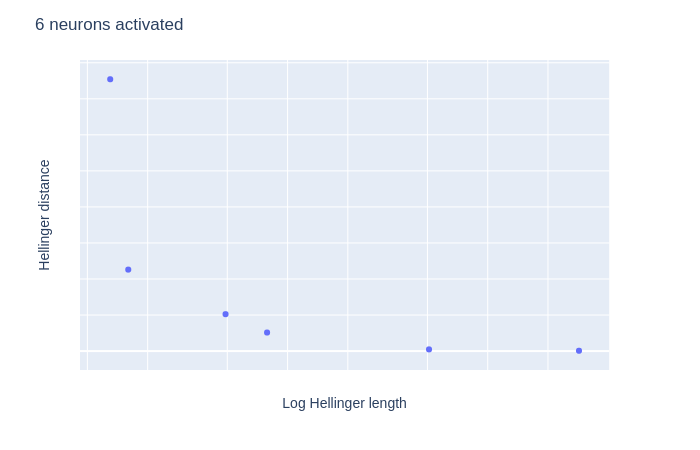TX-Ray: Quantifying and Explaining Model-Knowledge Transfer in (Un-)Supervised NLP
While state-of-the-art NLP explainability (XAI) methods focus on explaining per-sample decisions in supervised end or probing tasks, this is insufficient to explain and quantify model knowledge transfer during (un-)supervised training. Thus, for TX-Ray, we modify the established computer vision explainability principle of 'visualizing preferred inputs of neurons' to make it usable transfer analysis and NLP. This allows one to analyze, track and quantify how self- or supervised NLP models first build knowledge abstractions in pretraining (1), and then transfer these abstractions to a new domain (2), or adapt them during supervised fine-tuning (3). TX-Ray expresses neurons as feature preference distributions to quantify fine-grained knowledge transfer or adaptation and guide human analysis. We find that, similar to Lottery Ticket based pruning, TX-Ray based pruning can improve test set generalization and that it can reveal how early stages of self-supervision automatically learn linguistic abstractions like parts-of-speech.
PDF Abstract



 IMDb Movie Reviews
IMDb Movie Reviews
 WikiText-2
WikiText-2